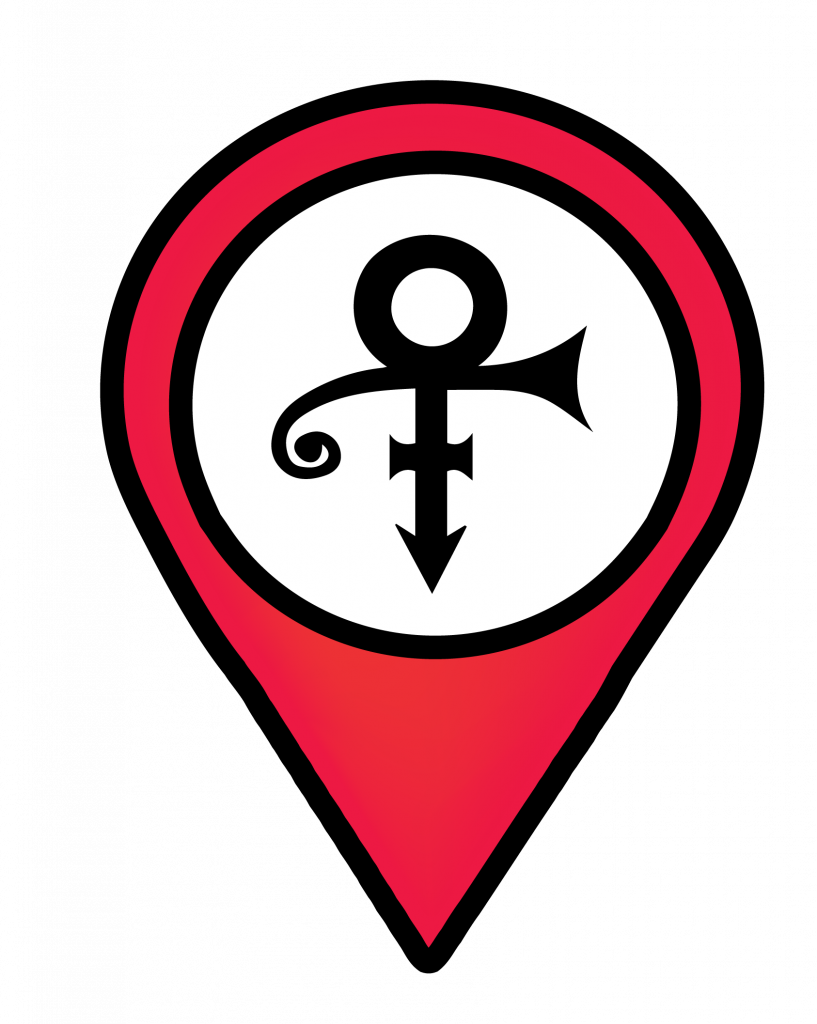12.1 Chapter Objectives

Learning Objectives
In this discussion of Sexual Orientation and the Evolution of Homosexuality, we’ll address the following questions:
- What is “sexual orientation”?
- How widespread are same-sex mating preferences?
- What factors contribute to the development of homosexuality?Is homosexuality innate? Or influenced by environmental variables?
- Why is homosexuality an evolutionary “problem?”
- How can we understand the evolution of homosexuality?
- What is homophobia? How pervasive is homophobia in human cultures? How can we understand the widespread occurrence of homophobia?
But before we continue, let’s learn a bit about your thought on the subject. Click T/F/IDK on the following:
- Homosexuality is widespread in non-human animals
- Homosexuality is widespread in human cultures
- Bisexuality is more common that strict, lifelong homosexuality
- Bisexuality is extremely uncommon
- There is no compelling evidence that homosexuality is genetically influenced
- Birth order may be associated with the occurrence of homosexuality
- Homosexuality is the product of evolution
- Homosexuality may be the product of natural selection
- Homophobia is only seen in humans
- Homophobia may be the product of natural selection
Lastly, what specific questions do you have about homosexuality? Your questions will be anonymous, but your classmates will be able to “like” specific questions. Hopefully this process will help us focus our discussion.
In the following discussion our goals are for you to:
- realize that sexual orientation governs many observable natural phenomena, that themselves can be studied scientifically
- understand that homosexuality is widespread in nature—in human and non-human animals
- realize that homosexuality and homophobia may have arisen as a result of natural selection
- appreciate that our understanding of same-sex sexual preferences is part of an emerging field of study, thus, many of the scientific studies we’ll mention are relatively recent and, like all science, subject to revision
By the end of your reading and our in-class discussion, you should be able to meet the following objectives:
- define sexual orientation, heterosexuality, homosexuality, asexuality, bisexuality, and pansexuality
- explain what scientists mean when they say “sexual orientation is not binary”
- defend, using examples, the statement: “homosexuality is widespread in nature”
- cite evidence for a genetic basis of homosexuality, as well as evidence that homosexuality is environmentally influenced
- explain why some biologists call homosexuality “an evolutionary problem”
- explain why many biologists think that homosexuality is an adaptation that has been selected for
- describe a few of the hypotheses for the evolution of homosexuality
- explain how homophobia could be an adaptation (how could homophobia increase an individual’s fitness?)

